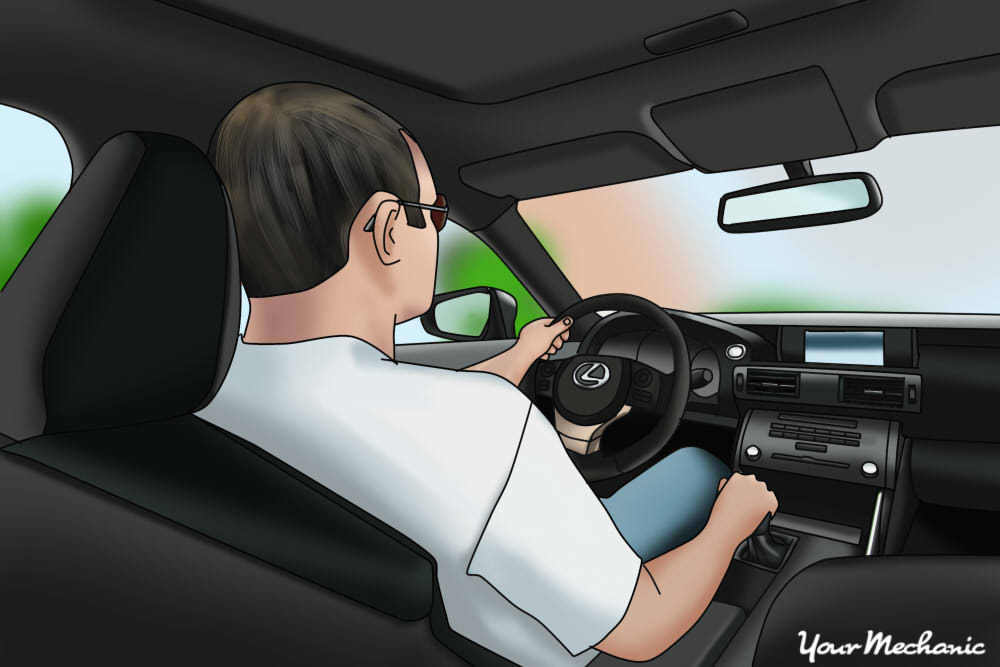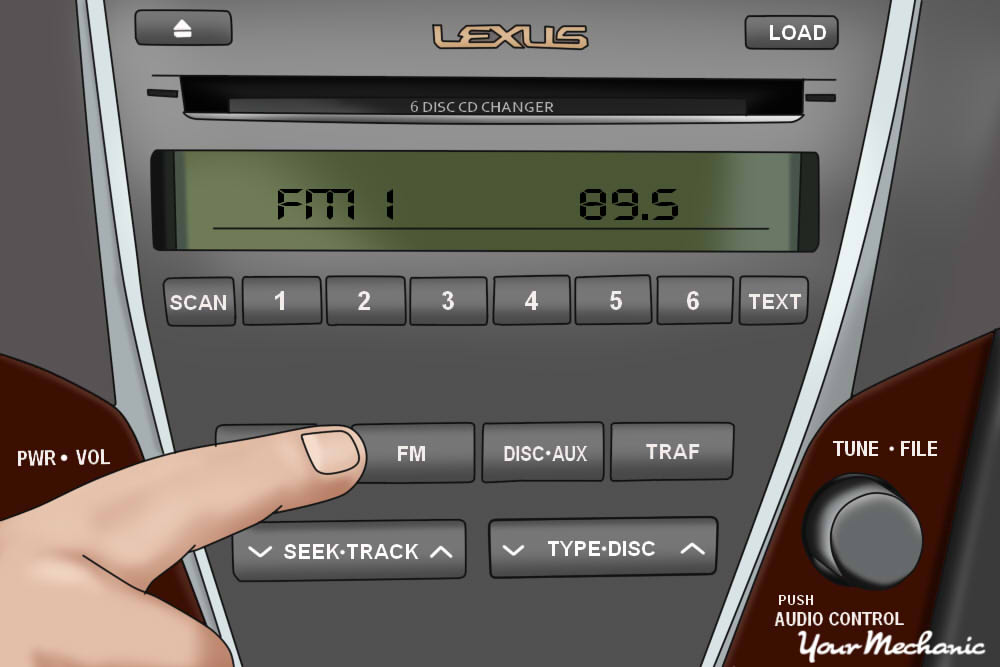

If you like cars, then chances are you’ve read a lot of car reviews, either online, in magazines, or in the newspaper. Car reviews are great fun to read, as they tell you a lot about a car and help you figure out its strengths and weaknesses and whether it might be a car that you should consider.
As fun as car reviews are to read, they can be equally fun to write. You don’t need to be a professional automotive journalist to write a car review; you only need to be have a computer, a car to review, and the enthusiasm to tell the world about that car. In order to write a strong, credible, and fun-to-read review, however, there are some things that you should be sure to do.
Part 1 of 3: Preparing to write a car review
Step 1: Choose the vehicle that you want to review. There are a few things to consider when selecting a car or truck that you would like to review.
First, you should find a car that excites you a little bit. You don’t want to have a bias about the vehicle but if, for instance, you despise pickup trucks, you probably shouldn’t be reviewing a Ford F-150. The best reviews are written by people who are giddy about the opportunity to drive the car and are then either blown away or disappointed when they get the chance to drive it.
Second, you should be sure to drive a car that you can actually get your hands on. It’s tempting to write a review of the newest Ferrari, but chances are you have no way of driving one. Instead, stick to a car that a friend has or that a nearby dealer or rental agency will let you take out for a few hours.
Tip: If you really want to write a stellar review, you should find a car whose competitors you have driven. That way, you really have a strong perspective on how the model stacks up to the competition.
Tip: In order to objectively review a vehicle, it should always be running perfectly. If you are reviewing your own vehicle, or a friend’s, have a certified mechanic, such as one from YourMechanic, come by and perform an inspection.
Step 2: Read some great auto reviews. One of the best ways to learn how to write is to read great writing. This is certainly the case with car reviews.
Before writing your car review, pick up an issue of Road and Track or Motor Trend, or access them online, and read the reviews there. This will be inspiring and informative and will surely help you write a great review.
Part 2 of 3: Test driving the vehicle
Step 1: Drive the car as much as you can. The purpose of a car review is to let the readers know what life would be like if they purchased that car.
You may only have the car for a few hours, though, so it’s hard to get a perspective on what it would be like to own it. As such, the best thing that you can do is drive the car in as many different situations and conditions as is possible.
Find an open back road where you can really test out the throttle, brakes, steering, and suspension. Hit the freeway and see how the car does at high speeds. Drive through the city to see how the engine handles idling and how the interior feels when you’re stuck in traffic. The more experiences you have in the car, the more accurate your review will be.
Step 2: Try out as many features as you can. In order to get the most accurate feel of the car, you’ll want to try as many of the included options as you can.
Try out the navigation system, the backup camera, and the various safety sensors. Adjust the seats, open the sunroof, and use the sound system. The more of the car you use, the better informed your review will be.
Step 3: Write down notes every chance you get. When you’re driving the car, keep a notepad with you, and pull over occasionally to take notes.
You may think that you’ll remember every last detail, but when you sit down at your computer, you’ll likely draw a lot of blanks. If you make note all of the things that you like and dislike, the review will practically write itself.
Part 3 of 3: Writing the review
Step 1: Take an objective stance. You should always have a strong opinion when writing a car review, but don’t let your bias cloud the review. Instead, try to look at things objectively.
Sometimes this means admitting that your stance on one aspect of the car probably wouldn’t be the same as the public’s stance. For example, if a popular new car isn’t to your preference, don’t say, “the styling is too modern;” instead, say, “the styling is more modern than I prefer, but this is something that a lot of younger drivers seem to really like.” Blending your subjective views with objective truths is a key part of writing a great review.
Step 2: Use real life examples. Your car review will be very boring if you simply list a bunch of facts because the reader will have a hard time applying them to real life scenarios.
To keep this from happening, use examples to put parts of the car in context. For example, instead of saying, “the cabin is very quiet,” you could say, “the cabin was so quiet that I was able to comfortably hold a conversation with my passenger without raising my voice, even when traveling 80mph on the freeway.”
Step 3: Cover the entire vehicle. You don’t want to bog the reader down, but you do want to make sure that they get a feel for the entire car.
Don’t just focus on the things you loved or hated. The review should cover the driving experience, the comfort, the ergonomics, the performance, the aesthetic, the mileage and practicality, and the price. Make sure to touch on all of these things in your review, so the reader isn’t left wondering about something.
Step 4: Have fun! A reader can always tell when the writer had a fun time composing an article. Even if you didn’t like the car that you are reviewing, you can still find a way to have fun with the review.
Make sure that the writing process is enjoyable for you, and the reading process will surely be enjoyable for anyone who takes in your review.
- Tip: It’s a great idea to end your car review with a rating of some sort. Readers always love ratings, and it helps tie up the article.
Whether you’re a beginner at review writing, or an old pro, if you follow these steps, you’ll write a killer review, and you’ll be itching to get your hands on another vehicle to write about.





